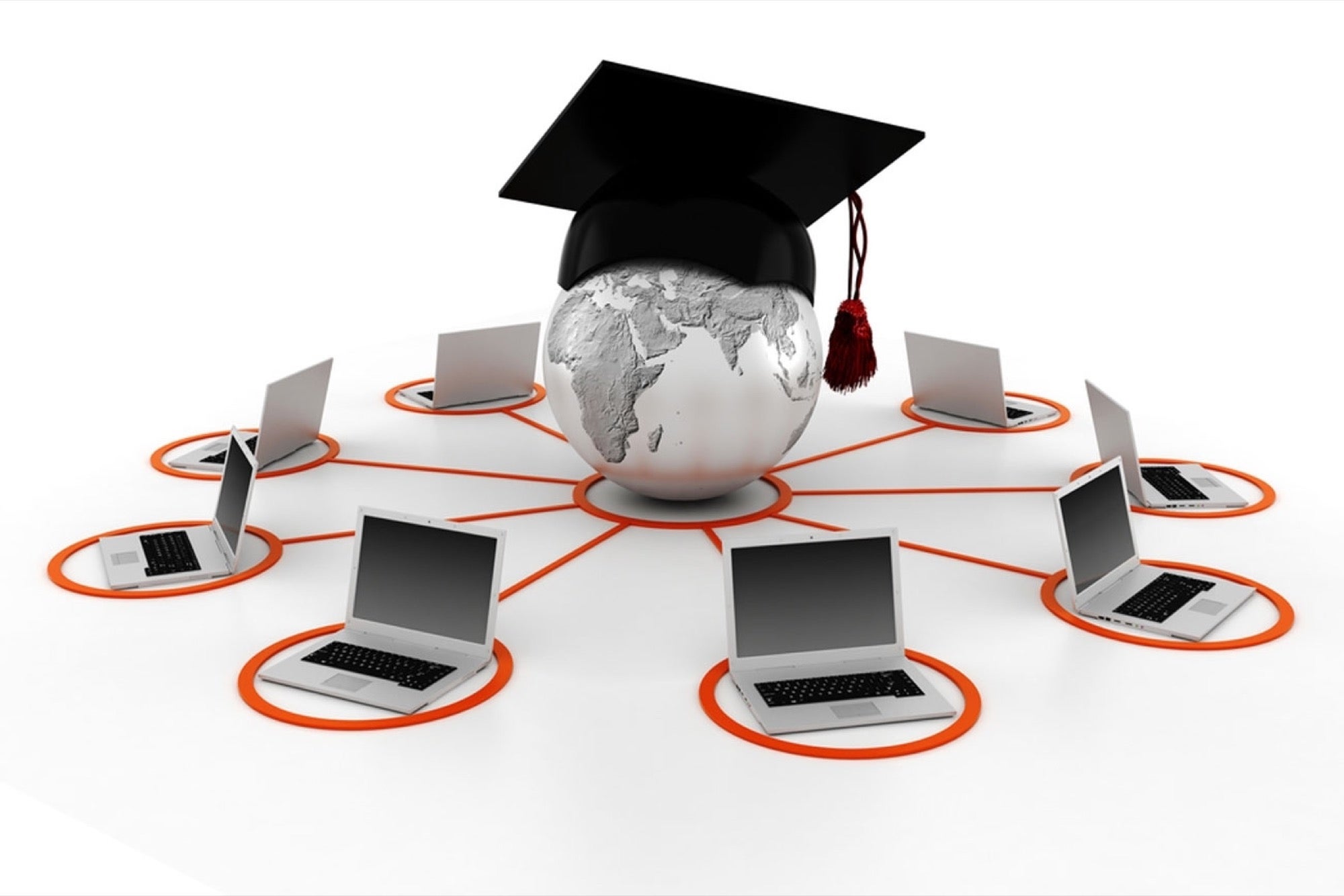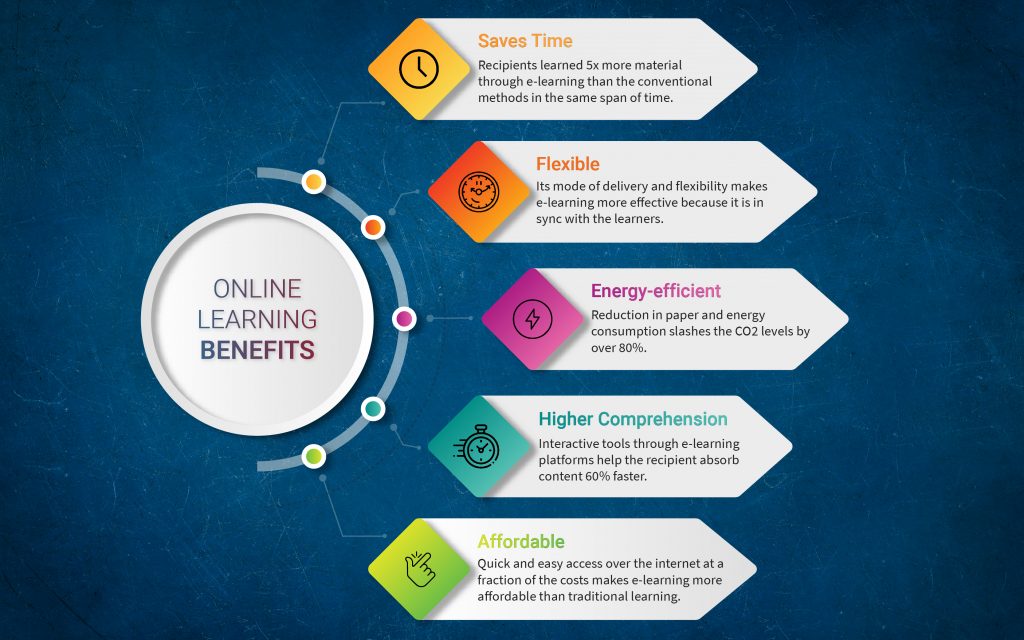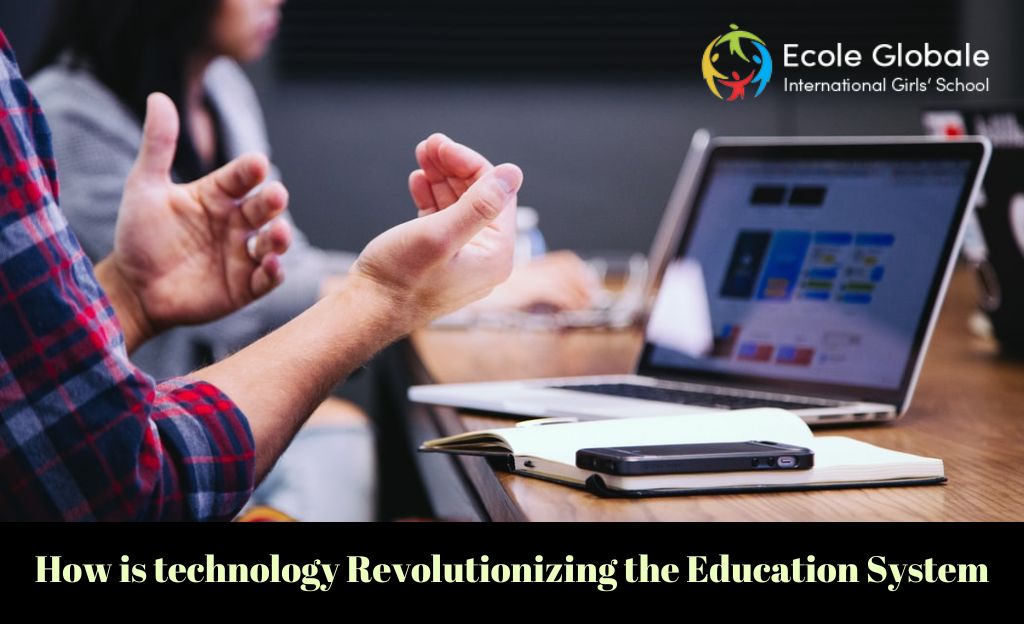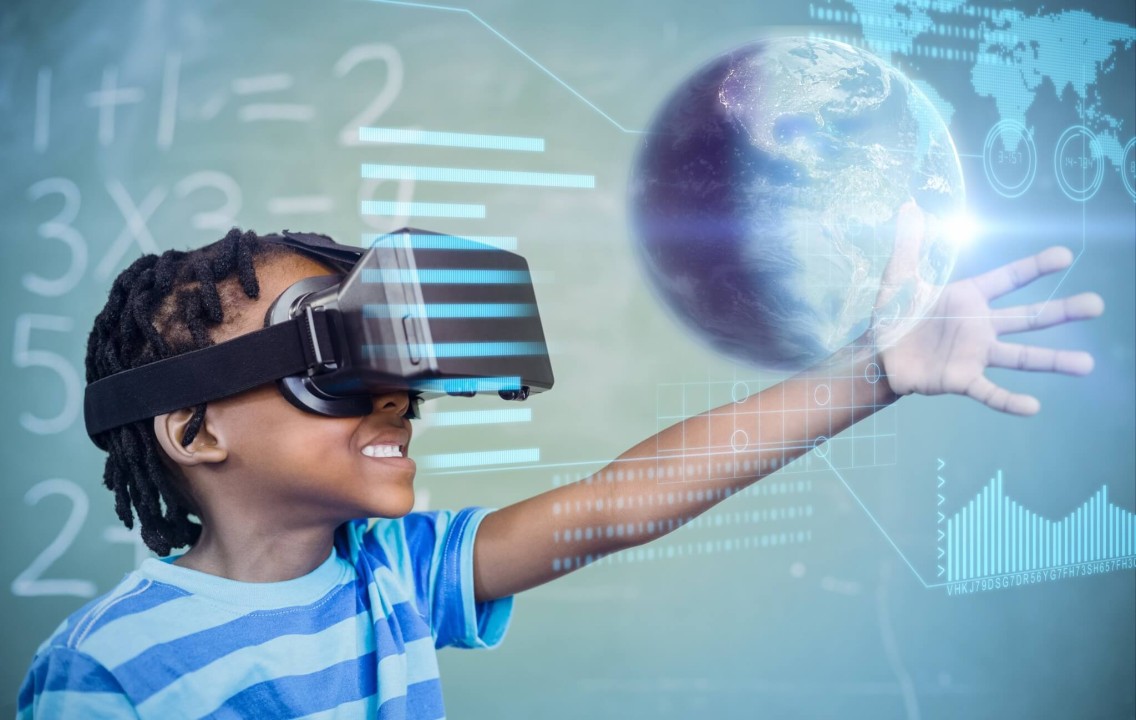Technology has revolutionized every field, including education. Technology is changing our everyday lives, and students are no exception. Students are embracing technology more than any other generation. As technology in the classroom becomes increasingly prevalent, it’s important to look at its history and how it is shaping the education system.
The following article discusses what the education system has done and can do to revolutionize its methods with the new technologies available. Here is how technology is revolutionizing the education system to transform the way students learn & teachers teach.
Technology
As per research conducted by the Best International Schools in India, Technology has always been the best companion in our lives. With the introduction of computers and certain simple devices like the mouse, we became more dependent on them. It has progressed to a state where we use it for every type of work that we do best. Technology has so much gone into the software sector and keeps revolutionizing it with newer platforms on which we can focus and increase our productivity to a large extent. We are now witnessing an explosion of new technologies that are designed to enhance our lives in every way possible.
There are many new educational tools developed with the growth of technology. What does this mean for education? Is it good or bad? With MOOCs (Massive Open Online Courses), tablets and iPad, and apps— how will this revolutionize education?
It has never been easier to learn new skills with the help of online courses, computer software, and apps. Some of the leading start-ups today are owned by university students. Things are changing in the classroom faster than we can comprehend.
Technology in the Education Sector

Another survey done by top Schools in India shows that The world is becoming more globalized and competitive each day. Students need to equip themselves with knowledge and skills that allow them to compete successfully in the world. Therefore, schools need to develop a curriculum that provides students with relevant information on emerging technologies along with other skills necessary for success in life after school.
Today, students in the education system have access to an infinite amount of information through the Internet and computers. They can also use these technologies to study subjects such as science, maths, and foreign languages.
The internet has also made it easier for teachers and students to connect through online platforms like Skype, Google Hangouts, and Blackboard Collaborate. With these tools, students can learn from teachers from all over the world through video conferencing.
Immersive learning
With the education systems around the world becoming more accessible to technology, students can take advantage of these resources to study at home or on their own time without the need to attend school every day. It allows them to learn at their own pace without worrying about missing a class due to sickness or other reasons that may keep them from attending school on time.
Other forms of technology used in schools include interactive whiteboards, which allow teachers to get input from their students during lessons; virtual reality headsets; portable devices such as laptops and tablets; e-readers.
One thing that many people forget about the learning education system in the technology revolution is that it is an intense experience that requires the participation of students if they want to get anything out of it. It is why virtual reality headsets have become so popular in classrooms across America and Europe. These headsets allow students to experience things first-hand instead of just reading about them in textbooks or watching them on YouTube videos. Combining these experiences with traditional lessons creates a more effective learning environment for our children that focuses on real-life applications instead of just theoretical knowledge.
Online courses
The easiest way to bring the world to the classroom is through online courses. Online courses provide students access to high-quality content from anywhere in the world at any time. The cost savings associated with online coursework is one of its biggest advantages — it costs less than half as much as traditional classroom instruction — but it also offers several other benefits:
- Students can review material on their own time, allowing them to learn at their own pace;
- Students can interact with professors and other students via discussion boards or video chats;
- Classes can be supplemented with videos and other multimedia materials;
Technology is revolutionizing the education system It allows students from different countries and cultures to learn from each other. Furthermore, it allows teachers from different areas of expertise to teach their courses online rather than traveling across country or state borders for every lecture.
Benefits of online learning

The cost of higher education has been growing steadily over the years, making it difficult for many people to afford a university education. Online courses have helped reduce this cost significantly by eliminating travel expenses and classroom costs associated with traditional schools.
Online courses are also helping students who live in remote areas where there are no colleges nearby get access to higher education without having to move away from home.
As society becomes more technologically advanced, students are being pushed to learn new skills that will allow them to compete in the global economy.
Prospects
Education is no longer limited by time and space but can be accessed anytime, anywhere. Online resources are now available via the internet. It allows you to study at your own pace and at any time of day or night.
Technology can also help personalize learning by providing personalized feedback at all stages of the learning process from assessment through feedback to remedial support if needed.
Technology is used in every aspect of our lives, so it is no surprise that it has also been integrated into our educational systems. It has given rise to several new inventions such as virtual reality (VR), augmented reality (AR), and artificial intelligence (AI). With the advent of AR and AI-based apps, learning can be made fun and interactive for students. In addition, these apps can be customized according to a student’s needs or interests.
Augmented reality
Augmented reality (AR) education systems combine real-world elements with computer-generated elements to enhance a user’s interaction with their environment that is not there (for example, adding images to your smartphone screen).). AR is used in numerous applications. It can be used in the education system sector to improve learning outcomes.
Virtual field trips
The education system is vital in the technology revolution Virtual Reality (VR) is becoming increasingly popular among students and teachers. There are many exciting uses for VR in education such as simulated environments that allow students to experience things they would never be able to experience otherwise.
Incorporating technological advancements in the curriculum
These technological advances, along with the education system, are putting increasing pressure on teachers to incorporate these new tools into their teaching methods. It means that teachers must be able to adapt their classroom lessons to match the way children learn nowadays. Students have access to information at their fingertips through mobile devices like smartphones and tablets. Teachers ensure they deliver lessons in a way that appeals to all types of learners — auditory, visual, and kinesthetic learners alike.
With the increase in the use of smartphones, tablets, and laptops in the education system in the technology revolution, higher education institutions have also started incorporating these devices into their curriculum. Students can now use them to access course materials online and even submit assignments online.
Conclusion
Digital technologies have the potential to revolutionize education. The education system is undergoing a radical transformation. The internet and digital technologies have made it possible for anyone to access a world of information, learn new skills, and develop their talents. It has had a profound impact on the way we teach and learn. It is changing the way students learn, how teachers teach, and how parents help their children.
We have reached a point where we can say that technology has almost become an essential part of our lives. It has made our lives easier, faster, and more productive.
For any queries related to parenting, schooling, or any student-related tips, click here to check out our latest blogs.










